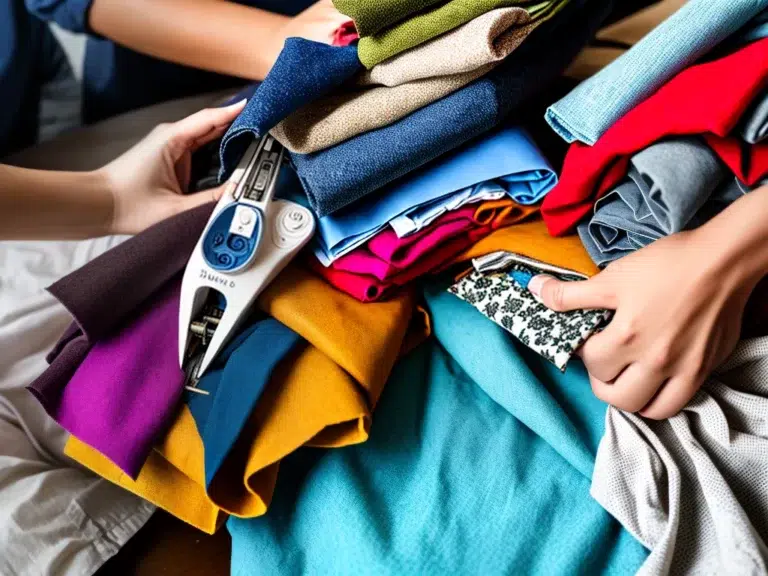The Future of Fashion Lies in Fabrics: Do You Know What You’re Wearing?
Fashion, for many of us, is more than just appearance; it’s a form of expression and a reflection of our personality. But have you ever stopped to think about the impact your clothing choices have on the planet? Behind seemingly harmless pieces, there are processes that consume natural resources, generate pollution, and often exploit labor.
If you want to align style with consciousness, understanding how to choose sustainable fabrics is an essential step. In this guide, we’ll explore the types of materials that respect the environment, how to identify committed brands, and the small gestures that can transform your wardrobe and the planet’s future.
What Are Sustainable Fabrics?
Sustainable fabrics are materials produced with minimal environmental impact, whether through the choice of raw materials, the use of natural resources, or the manufacturing processes. These fabrics can be biodegradable, recycled, or created using ethical and responsible practices.
Examples include:
- Organic cotton: Grown without pesticides or chemical fertilizers, reducing harm to soil and water.
- Linen: A natural material derived from flax, durable and biodegradable.
- Tencel (or Lyocell): Made from cellulose extracted from trees, it uses less water and fewer chemicals during production.
- Recycled polyester: Produced from discarded plastic bottles or garments, reducing the need for new fossil fuels.
- Bamboo: When responsibly produced, it is renewable and biodegradable.
These materials not only reduce environmental impact but also encourage a more ethical and transparent fashion industry.
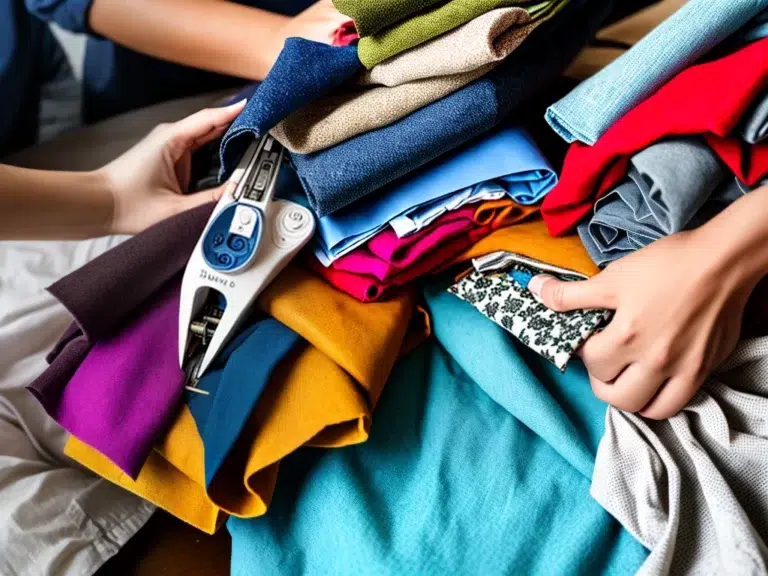
Why Choose Sustainable Fabrics?
The textile industry is one of the most polluting in the world. Studies suggest it accounts for about 10% of global carbon emissions and consumes massive volumes of water. Opting for eco-friendly fabrics helps to reduce:
- The use of non-renewable resources.
- Ocean pollution from microplastics (originating from synthetic fabrics).
- Waste, as many of these materials are more durable.
Moreover, dressing sustainably sends a powerful message to brands: consumers are prioritizing the planet.
How to Identify Fabrics and Brands Committed to Sustainability?
If you’re ready to change your shopping habits, here are some practical tips:
1. Read the Label
The label is your best ally when evaluating a fabric. Look for terms like “organic cotton,” “recycled polyester,” “GOTS certification” (Global Organic Textile Standard), or “Oeko-Tex.”
2. Research the Brand
Truly committed brands are transparent about their practices. They often have environmental certifications and share their sustainable initiatives on their websites or social media.
3. Prioritize Quality Over Quantity
Choose pieces that last longer. This not only reduces consumption but also minimizes waste.
4. Be Wary of Ultra-Low Prices
If the price of a piece seems too good to be true, the real costs are likely being borne by the environment or workers in precarious conditions.
5. Support Local and Artisanal Brands
Smaller, artisanal businesses often have more ethical production chains and a reduced environmental impact.
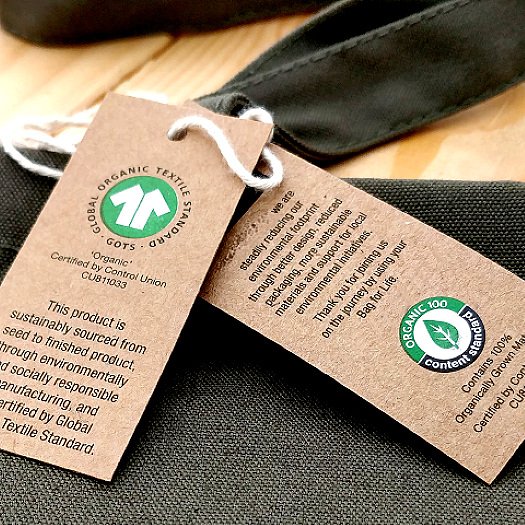
Types of Fabrics to Avoid
Not all fabrics are planet-friendly. Some materials, due to their high pollution levels or non-biodegradable nature, should be avoided whenever possible:
- Virgin polyester: Made from petroleum, it takes centuries to decompose and contributes to microplastic pollution.
- Nylon: Like polyester, it is made of plastic and has a high environmental cost.
- Conventional cotton: Although natural, non-organic cotton consumes large amounts of water and uses toxic pesticides.
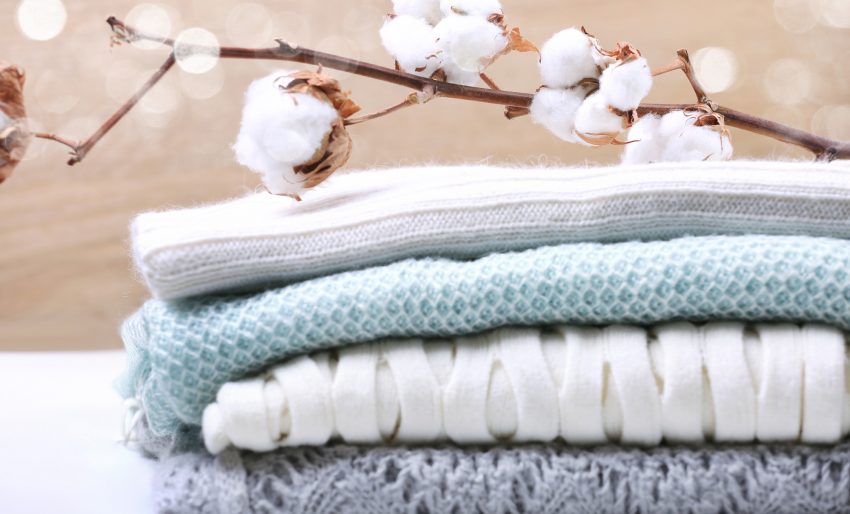
The Consumer’s Role in Changing Fashion
By choosing sustainable fabrics, you help shape the future of fashion. Remember, every purchase is a vote for the type of world we want to build.
Initiatives You Can Adopt Right Now:
- Buy less and better.
- Repair and repurpose old clothing.
- Invest in second-hand pieces.
- Support brands that prioritize sustainability.
The Importance of Circular Economy in Fashion
A crucial concept for sustainability is the circular economy, which proposes that clothes be produced, used, and discarded in ways that maximize their lifespan. Instead of following the linear production model (produce, use, discard), the circular economy encourages:
- Reuse: Thrift stores and clothing swaps are excellent ways to give pieces new life.
- Recycling: Fabrics can be repurposed to create new garments or other products.
- Repairs: Instead of discarding damaged items, fix them or transform them into something new.
How Is the Market Adapting?
Major brands are embracing sustainability by launching eco-friendly lines and investing in innovation, such as fabrics made from agricultural waste or even seaweed. Some pioneering brands in this segment include:
- Stella McCartney
- Patagonia
- Reformation
These companies prove that it’s possible to be stylish without harming the environment.
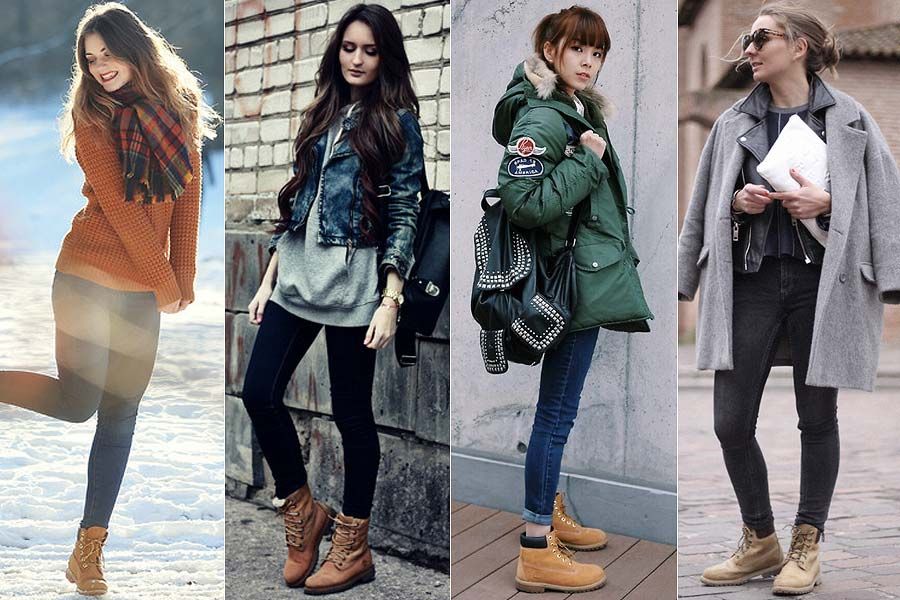
Fashion as a Tool for Transformation
Be the Change You Want to See in Fashion
Choosing sustainable fabrics is more than a trend; it’s a commitment to the planet and future generations. Start by analyzing your choices, researching brands, and prioritizing quality. With small changes, we can create a massive positive impact.
Shall we build a wardrobe together that values style while respecting the environment? After all, conscious fashion is the future!




